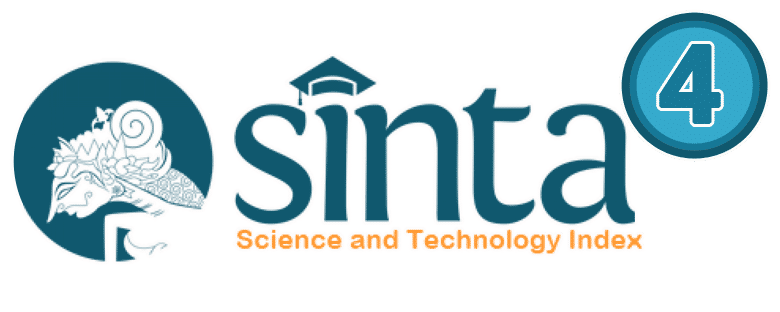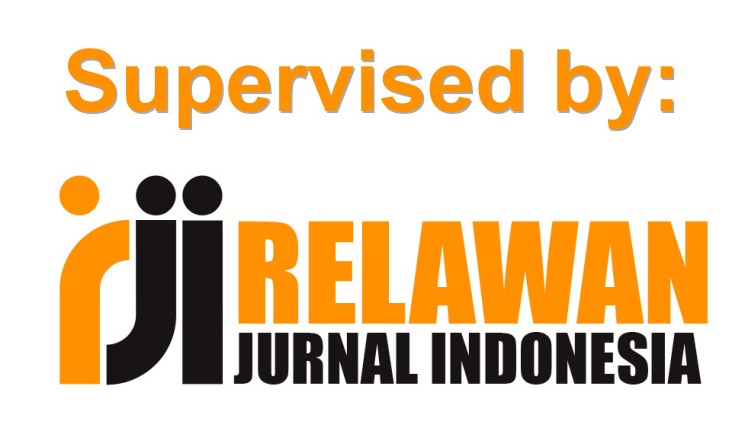STRUKTUR DIDONG ALO PADA MASYARAKAT GAYO DI KECAMATAN BLANGKEJEREN KABUPATEN GAYO LUES
DOI:
https://doi.org/10.24114/senitari.v5i2.3868Keywords:
Dance Structure, Didong Alo, Gayo Lues, AcehAbstract
This study discusses, Structure Didong A lo community in District Blangkejeren Gayo Gayo Lues District. Theoretical foundation used in this study are: the theory of Levi-Strauss as seen from the outer structure and inner structure. Data analysis techniques, used a qualitative description. The population in this study is the Gayo people in Desa Cempa Blangkejeren District of Gayo Lues district, Artist, dean or the Indigenous People, who know the neighbor Dancers dance tradition Gayo especially Didong A lo. Based on the results of research conducted then, Didong A lo is a dance that tells the story of a white elephant sleeping in the area Gumpang. Didong A lo has a very unique shape on the movement of vague prop that movement would seize a bird chicks, sipped movement,and the movement kelileng accompanied by the chanting of poetry bebentuk vocals. A lo seen Didong structure based on the external structure and the structures within. The external structure into three parts, namely the implementation of the arrangement, visually and in audio. While the structure of the views of the whole contained within the outer structure. In the structure of the Didong A lo there are 3 stages: appetizer, contents and cover.Downloads
Published
Issue
Section
License
Copyright (c) 2016 Pilar Kuncoro

This work is licensed under a Creative Commons Attribution-ShareAlike 4.0 International License.
Authors published with the Gesture: Jurnal Seni Tari agree to the following terms:
- Authors retain copyright and grant the journal the right of first publication with the work simultaneously licensed under a Creative Commons Attribution License (CC BY-SA 4.0) that allows others to share the work with an acknowledgment of the work's authorship and initial publication in this journal.
- Authors are able to enter into separate, additional contractual arrangements for the non-exclusive distribution of the journal's published version of the work (e.g., post it to an institutional repository or publish it in a book), with an acknowledgment of its initial publication in this journal.
- Authors are permitted and encouraged to post their work online (e.g., in institutional repositories or on their website) prior to and during the submission process, as it can lead to productive exchanges, as well as earlier and greater citation of published work. (See The Effect of Open Access)







